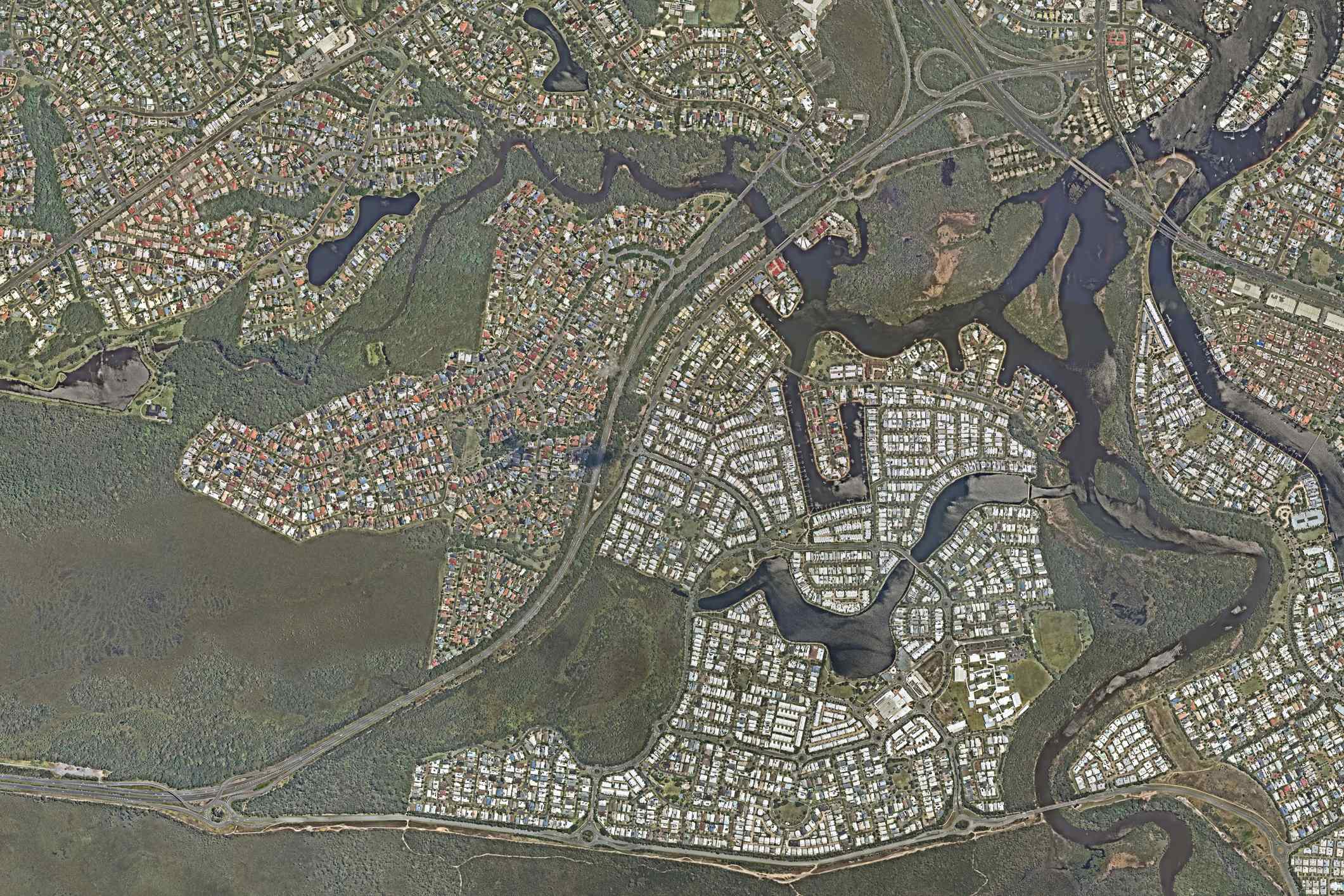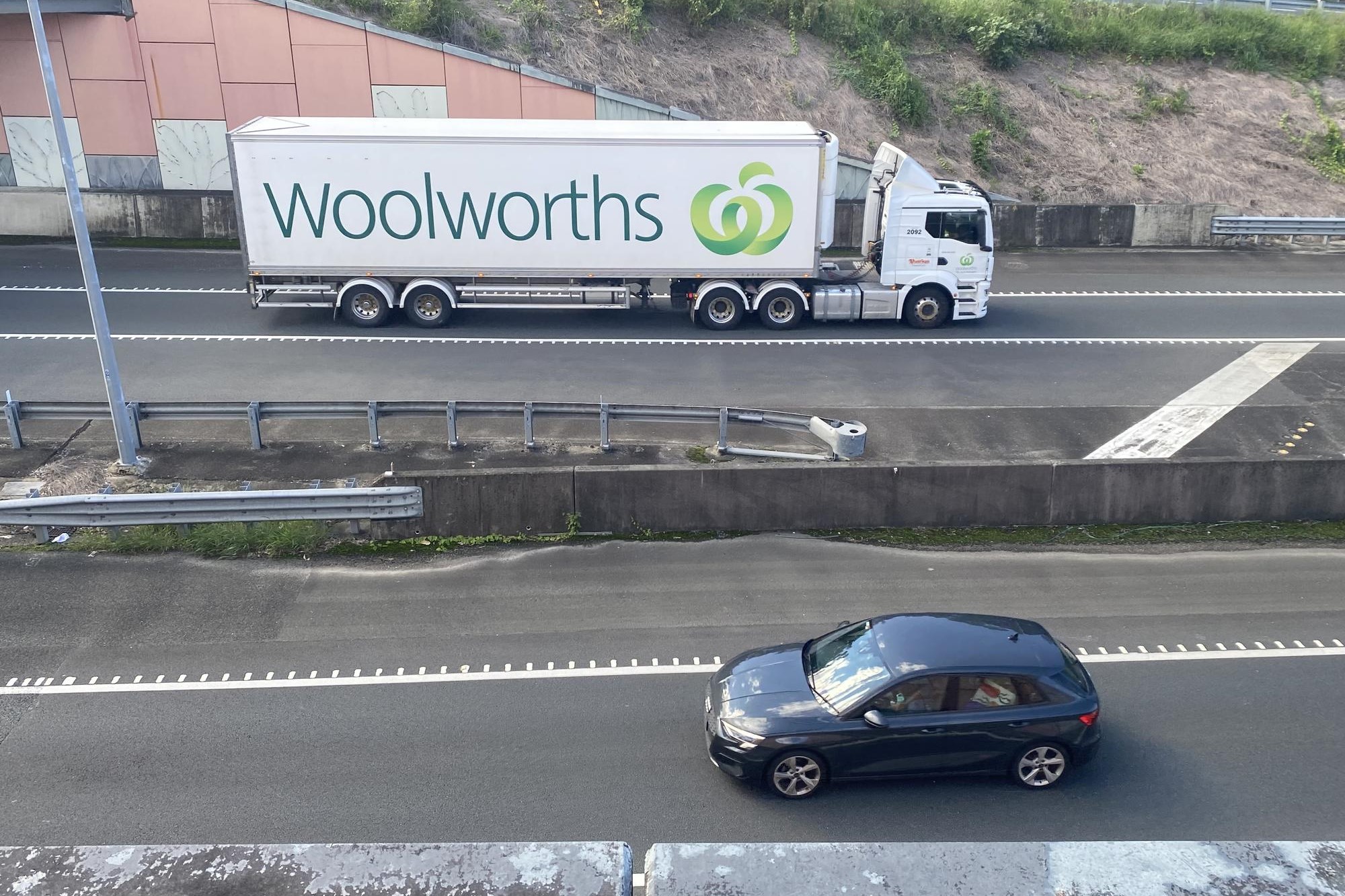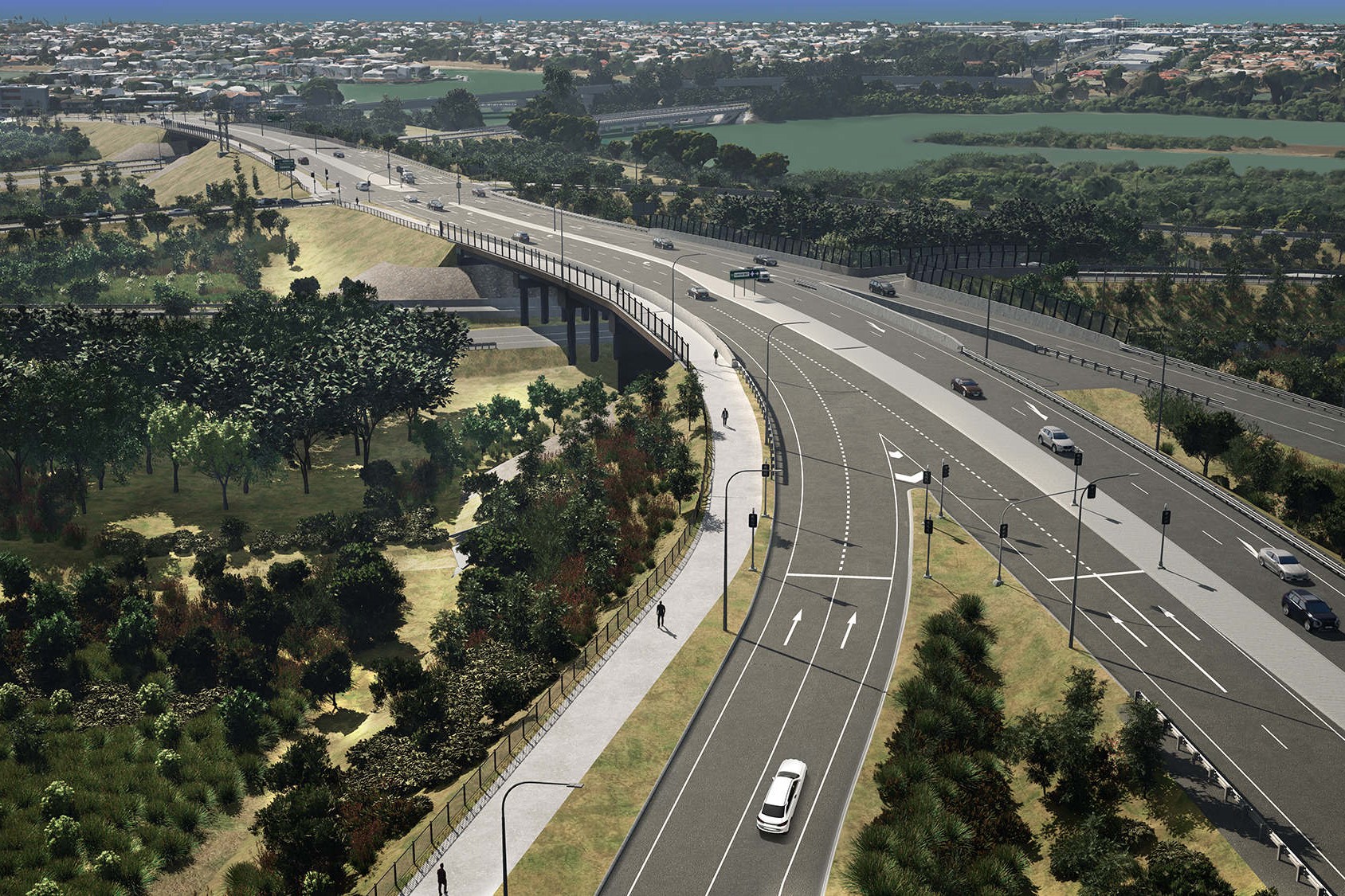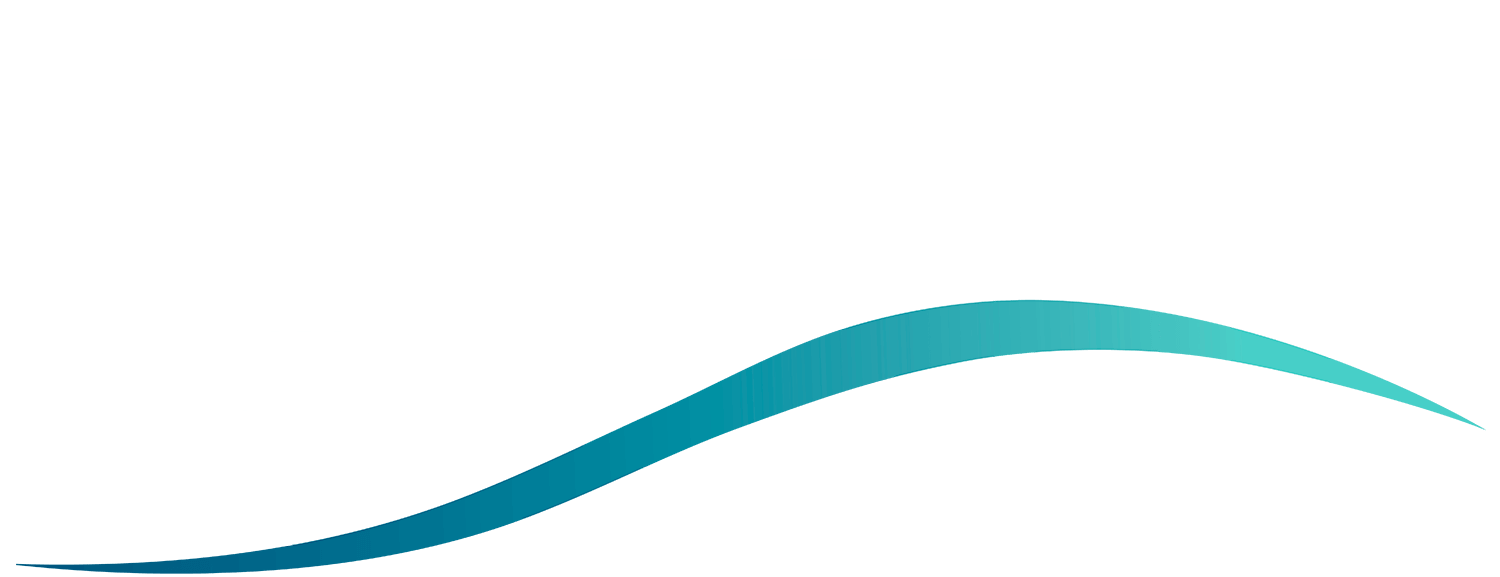Hundreds of people are pressing the state government to add more lanes to a section of motorway that brings traffic to a crawl.
A change.org petition with more than 350 signatures, started by Sippy Downs local Sammy Chadyuk, is calling for action along a 3.5km stretch of the Sunshine Motorway at Mountain Creek.
The Minister for Transport Brent Mickelberg admitted the route was “dangerous” and “needs to be fixed”, and recently said the state government was intent on resurrecting the Mooloolah River Interchange upgrade, which should help relieve congestion.
Ms Chadyuk stated, via the petition, that the section was “a significant bottleneck, particularly during peak hours”.
“At present, the motorway accommodates traffic in a single lane, causing rigorous congestion, often leading to bumper-to-bumper traffic,” she said.
“The situation is made worse by the (Kawana Way) overpass, a popular shortcut for drivers that further exacerbates the traffic conditions, leaving drivers unable to exceed 20km/h in a zone allocated for 90km/h.”

Want more free local news? Follow Sunshine Coast News on Facebook, LinkedIn and Instagram, and sign up for our FREE daily news email.
Ms Chadyuk said there was “key deficiency in road infrastructure” for the main road into tourist hotspot Mooloolaba.
“The conversion of this road into a two-lane highway would significantly aid in easing the ongoing traffic woes of Sunshine Coast’s residents, reducing commute times, and enhancing overall road safety.”
Ms Chadyuk travels along the route daily to work at Kawana Shoppingworld.
“I’m always sitting in traffic,” she said.
“I leave my house at least an hour before I start work just so I can get to work in enough time.
“When you look at Google Maps, it says it should only take 15 minutes.
“Lots of people have moved to the Coast since Covid so the traffic is getting worse every day,” she said.”

She elaborated on why she started the petition.
“After a couple years of dealing with bumper-to-bumper traffic, people cutting you off, people abusing you if you don’t let them in front of you … I kind of had enough,” she said.
“I thought why not make a petition and try to get the attention of the council or the premier to look at expanding the road to two lanes, so it helps with the flow of traffic.”
Mr Mickelberg agreed the section of road was inadequate.
“That stretch of the Sunshine Motorway is a bottleneck and it’s unacceptable,” he said.
“It’s dangerous and it needs to be fixed.”
He said the state government was determined to renew the Mooloolah River Interchange upgrade: a project that stalled after the federal government withdrew significant support for the project in late 2023, when they essentially stated that it did not represent value for money. It then emerged that costs had blown out by $424 million in early 2024.
But Mr Mickelberg said the state government “welcomes the opportunity to work with the federal government to restore funding”.

A Department of Infrastructure spokesperson told SCN in December that the federal government would again consider providing more funds if the state government asked for it.
“We will continue to work with the Queensland Government to deliver priority land transport infrastructure for all Queenslanders,” they said.
“Should the Queensland Government wish to seek funding again for the Mooloolah River Interchange project, it would be considered as part of future budget processes.”
The one-lane-each-way stretch of motorway between the Kawana Way interchange and the Mooloolaba interchange was used by about 21,000 to 22,000 vehicles each way every day, according to the most recent available statistics from 2023.
The two-lanes-each-way stretch of motorway between the Kawana Way interchange and Dixon Road, leading into and out of the bottleneck, was used by about 31,000 eastbound vehicles and about 62,000 westbound vehicles each day.
The call for more lanes comes after plans were revealed to upgrade other sections of the motorway, including from Mooloolah River to Maroochy River and from Maroochy River to the Coolum-Yandina intersection.
The aerial imagery in this story is from Australian location intelligence company Nearmap. The company provides government organisations, architectural, construction and engineering firms, and other companies, with easy, instant access to high-resolution aerial imagery, city-scale 3D content, artificial intelligence data sets, and geospatial tools to assist with urban planning, monitoring and development projects in Australia, New Zealand and North America.





